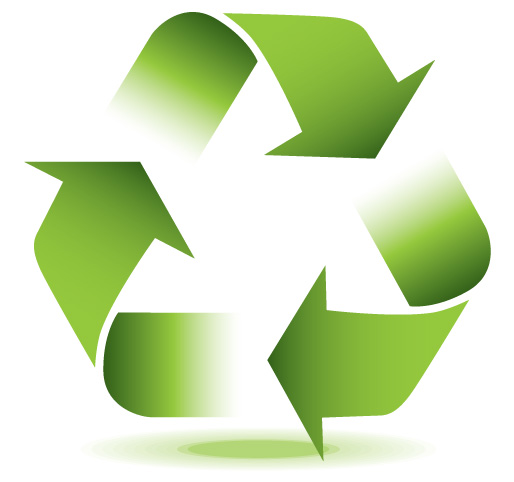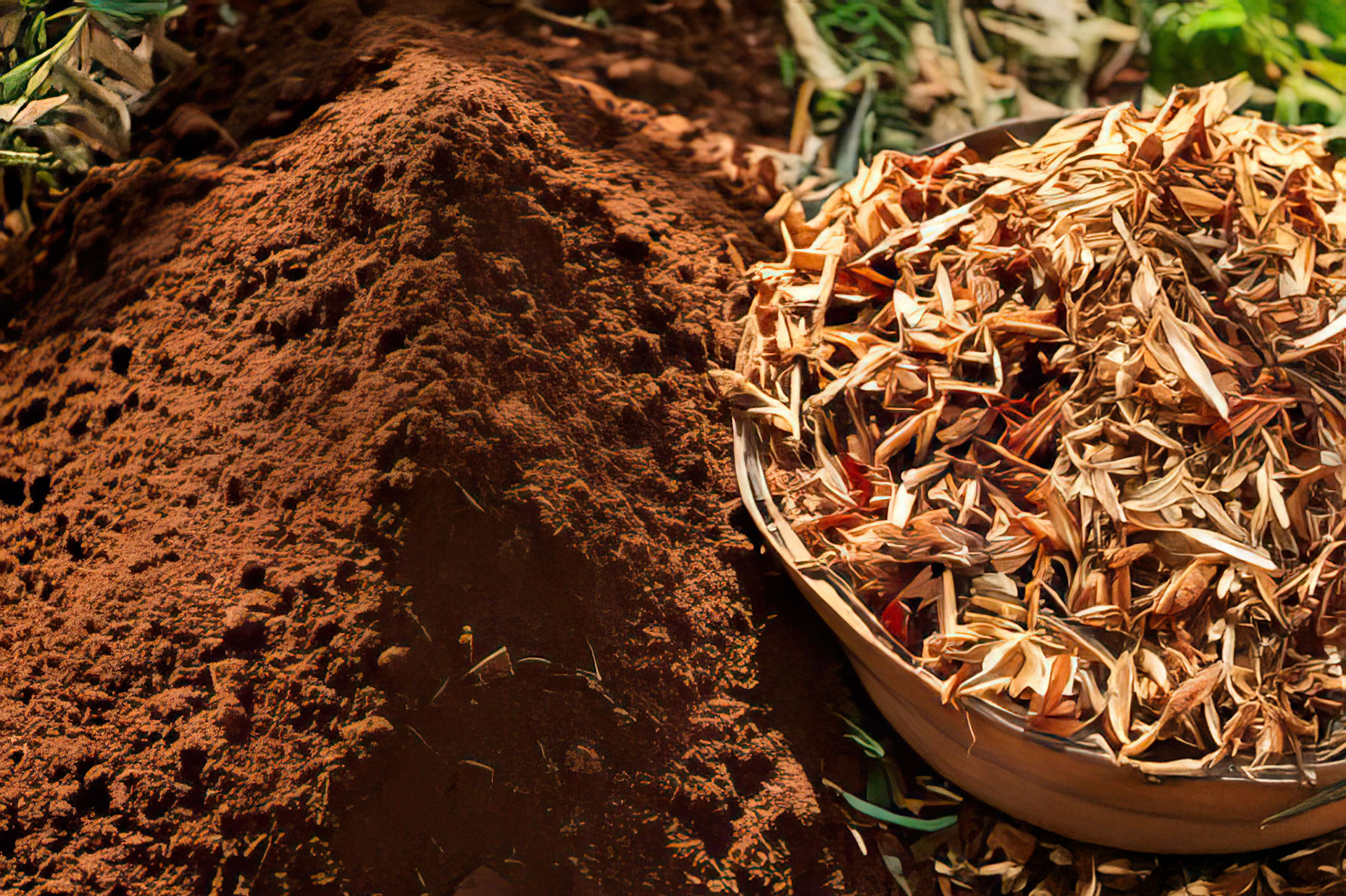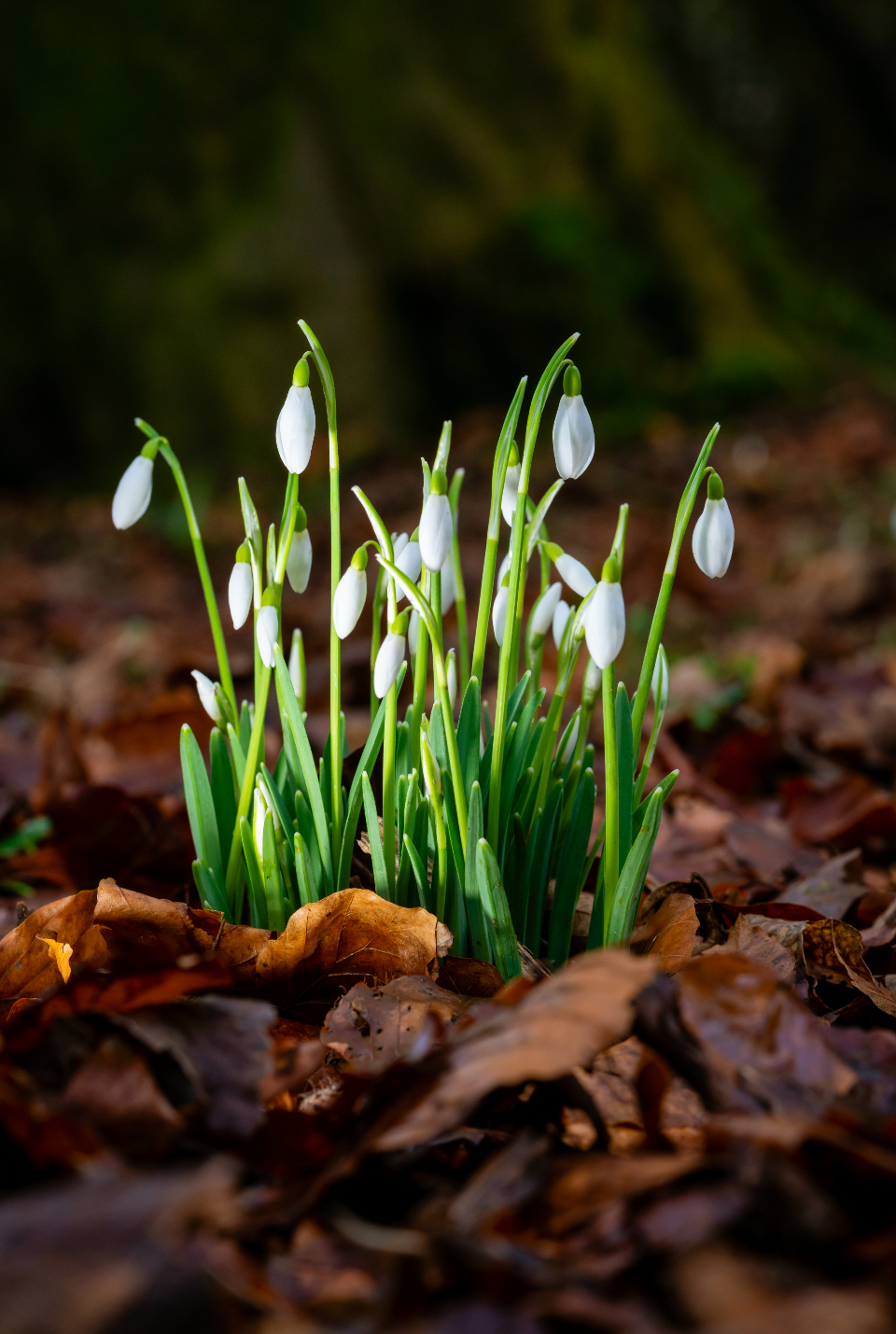For Eye on the Environment 10-14-18 Two resolutions intersect energy with water conservation David Goldstein, Ventura County PWA, IWMD Last Tuesday, the Ventura County Board of Supervisors adopted two resolutions related to the environment. One proclaimed October “Energy Awareness Month,” and another proclaimed all of October as “Imagine a Day Without Water” month.
The energy proclamation mentioned the County’s Energy Action Plan; solar installations; electrified transportation planning; a joint powers agreement with the Clean Power Alliance to provide options for residents to choose renewable energy; and administration of the Ventura County Regional Energy Alliance, which is reducing energy use through its Ventura County Green Business Program.
The water proclamation mentioned the County’s investment in water infrastructure; water crises related to fires, drought, and flooding; the importance of long-term measures to combat drought; and significant conservation efforts.
These two proclamations are more closely related than many people realize. Saving water saves energy.
Tracing the origin and following the journey of Ventura County’s water shows the tremendous amount of pumping required to supply local water. Ventura County’s imported water originates in the Sacramento-San Joaquin Delta, is pumped through a series of pipes and flows through canals for hundreds of miles, then is stored in Castaic Lake. From there, the water travels to the Jensen Water Treatment Plant in Granada Hills, where it is mixed and cleaned. Some then travels through a 6-foot diameter pipe through the Santa Susana Pass, flows across Simi Valley, and is stored in Lake Bard, overlooking the Tierra Rejada Valley in the foothills between Simi and Thousand Oaks. After being treated again, the water is pumped to most people in Ventura County, with users in areas ranging from Simi Valley to the Santa Monica Mountains. Even western Ventura County areas, which use local water, require energy to power pumps. Water for Ventura, Oak View, Meiners Oaks, and Ojai comes mostly from the Ventura River, Lake Casitas, and local wells. Piru, Santa Paula, Fillmore, and the Upper Ojai Valley rely entirely on water pumped from the ground. Nearly 70% of typical household water use is outdoors, so the most effective ways to cut back on water usage usually begin with landscape. Upgrading sprinklers, using a weather sensitive timer, and using drought tolerant plants are the major water savers. Other methods include using a broom instead of a water hose to clean driveways and sidewalks, adding mulch to limit evaporation, and installing rain barrels to collect and re-use rainwater from gutters and downspouts. Check for hidden leaks, such as a leaking sprinkler system by reading your water meter.
Conservation incentive programs may be available from your water agency. Educational resources, programs, and activities for teachers and students, are available at www.bewaterwise.com. On-line California Friendly Landscape and Gardening classes are available for home gardeners and landscape professionals at www.bewaterwise.com. Take a home tour to investigate water saving opportunities in each area of your home, including outdoors, by visiting www.h2ouse.org. Recycling is also a great way to save both water and energy. Whether recycling paper, metal, or plastic into new products, starting with a pre-refined material requires far less resources than starting with logs, ore, or petroleum. Water does not flow from the north just because north is at the top of the map. Conserving water is important for saving energy.





